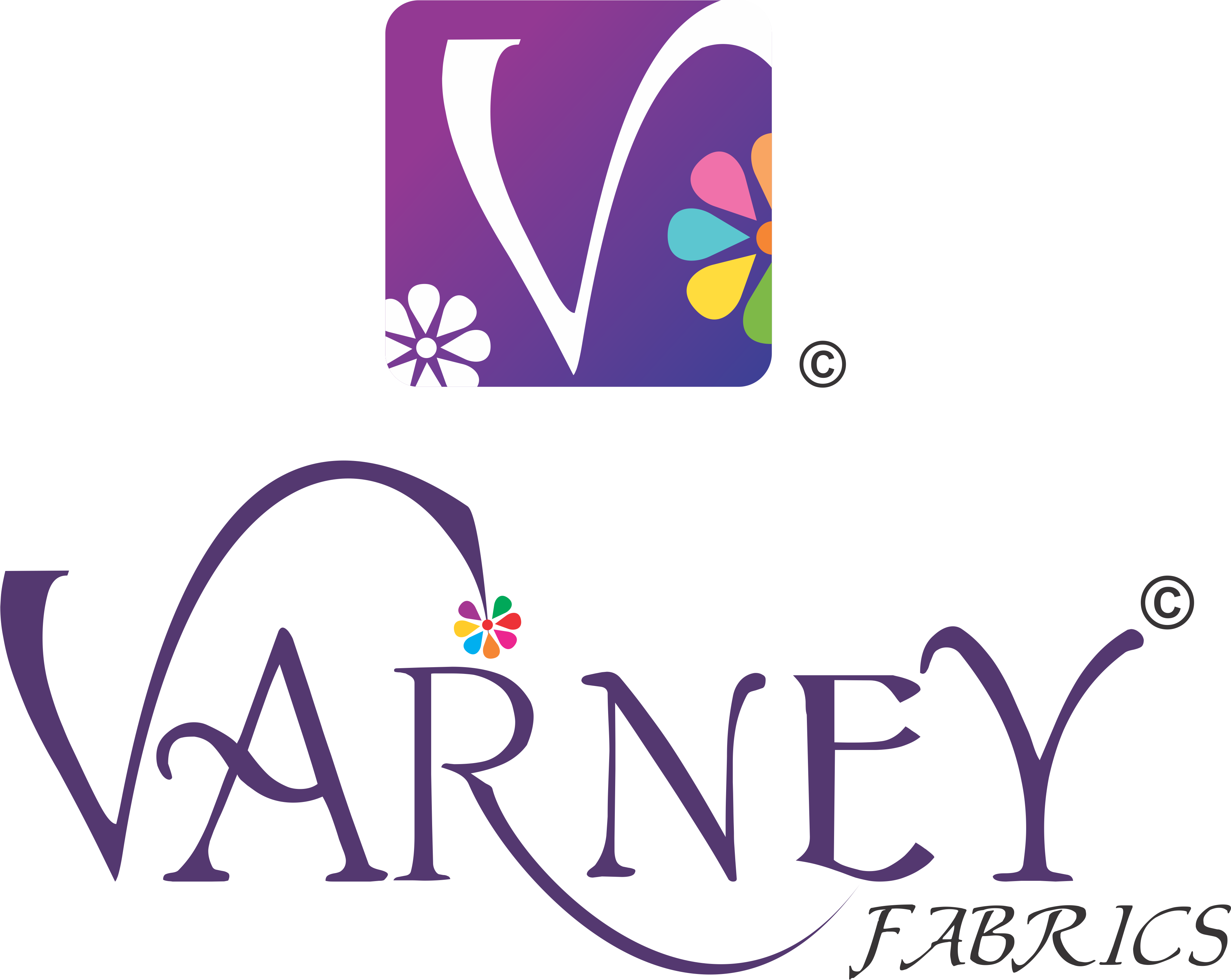Clothing is a fundamental human requirement, yet with imagination and ingenuity, it has evolved into so much more. It might be a cultural identification emblem or a form of self-expression. Using sustainable fabrics guarantees that we may continue to wear beautiful garments without damaging the environment.
What exactly is a label? What factors do we consider while selecting sustainable fabrics? Whether you’re a clothing designer or a fashion enthusiast who is concerned about the influence of fashion, choosing more sustainable textiles is one area where our decisions may have a concrete impact on the well-being of people, the earth, and animals.
However, there is much disagreement concerning which textiles are superior. Is it always true that plant-based equals good and synthetic equal bad? What fresh and inventive materials are they using to back up their claims? What happens when these items are washed or disposed of? Let us investigate.
Many materials are touted as sustainable, but what is really green, and what is just greenwashing? Plant-based recycled cotton, organic linen, organic hemp, and TENCEL lyocell; animal-derived recycled wool are among the textiles that live up to the hype.
Recycled Cotton
Cotton is a staple in almost every culture’s wardrobe. These qualities make this plant-based fiber an essential addition to any closet. Producing cotton, however, may be challenging due to the fact that the crop requires a high volume of water and a large number of chemicals. The use of many pesticides is required, which is harmful to both the environment and the individuals involved in its cultivation.
As a more environmentally friendly substitute for conventional cotton, organic cotton has been gaining favor in recent years. Its overarching goal is to lessen harm to the environment caused by cotton farming by eliminating the use of harmful pesticides and other chemicals.
When it comes to sustainability, recycled cotton is your best bet. Recycled or upcycled cotton is produced from used cotton textiles that have been collected from the manufacturing and retail sectors.
Linen
Like cotton, linenhas been grown for centuries. Both linen and hemp are derived from the versatile flax plant. It requires minimal water and chemical fertilizers, yet linen does well under such conditions. Linen is strong, doesn’t attract moths on its own, and decomposes totally if not handled. It’s great for the planet, it’s lightweight, it can withstand hot temperatures, and it soaks up moisture without harboring bacteria.
Tencel
TENCEL is a lyocell fabric, meaning it is manufactured from dissolved wood pulp and is hence very lightweight. Fiber is produced by the Austrian company Lenzing AG. It’s recently become trendy since it’s purportedly 50% more absorbent than cotton and uses less energy and water to produce. In addition, a closed-loop system controls the chemicals used in the fiber’s production. This means the solvent is being reused, which in turn reduces the amount of toxic waste being produced.
Refibra, like Tencel, is made from recycled cotton fiber remnants. The discarded cotton is processed into cotton pulp, which is then blended with dissolved wood pulp.
Tencel’s moisture-wicking and antimicrobial properties also make it a great choice for athletic apparel.
Recycled wool
Wool, an animal-based fiber known for its durability and warmth, and comfort, is a popular choice. Wool, in its raw form, requires a lot of energy and water to produce and also poses some moral questions. With so much wool currently in circulation, recycled wool, like that traditionally handled in Italy by Manteco, is becoming a desired recyclable option due to its much reduced environmental and ethical consequences. It may easily be paired with other materials, such as fleece, expanding your wardrobe’s potential. The need for virgin wool in the business is declining as more emphasis is placed on recycling scraps from the manufacturing process, such as unwanted clothing.
Organic hemp
It seemed like hemp was springing up overnight. Hemp has been cultivated and used as a fabric for hundreds of years, is an edible, a building material, a cosmetic, and has many more applications.
Hemp is great because it is considerably better for the environment than other crops since it can be grown anywhere in the world, requires very little water, and can thrive without the need for pesticides or artificial fertilizers.
Hemp, one of the oldest fibers, is ideal for long-lasting pieces since it insulates in the winter, breathes well in the summer, and becomes softer with each wash.




